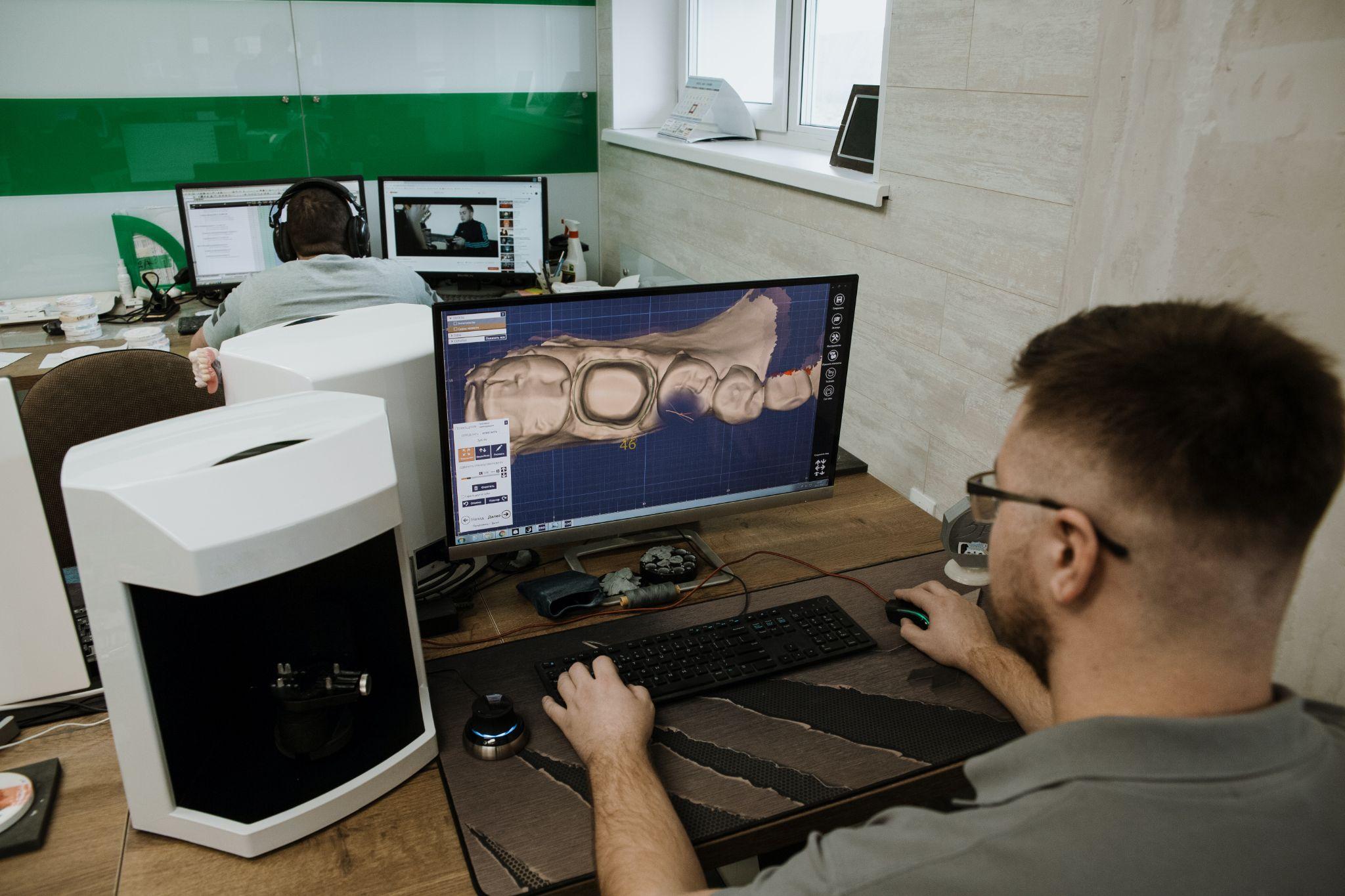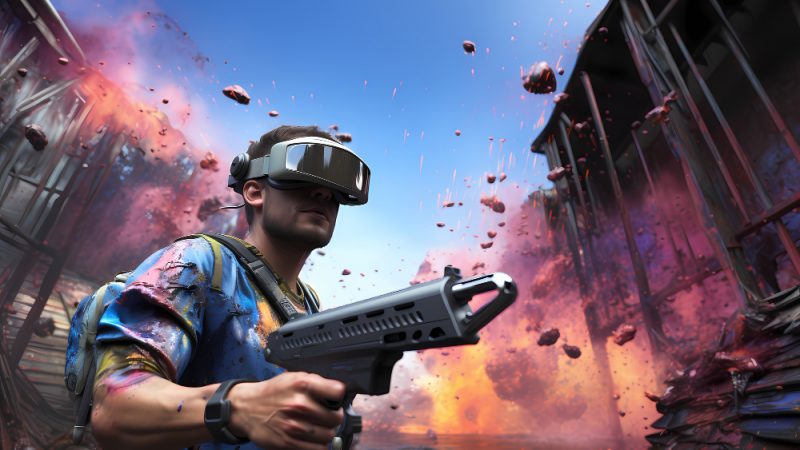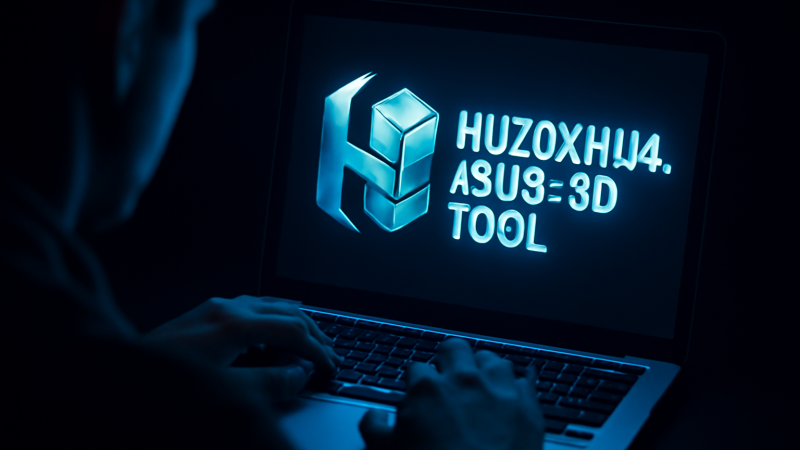Tips for Creating 3D Medical Animations

There are a lot of considerations to make before creating a 3D medical animation, so it’s best to have an understanding of what things you should keep in mind. This article gives tips on how to create the perfect 3D medical animations that will help improve your viewer’s understanding and hopefully save lives.
What is 3D Medical Animation?
Medical animations are a powerful tool for medical professionals and patients alike. They provide a three-dimensional view of medical procedures and illnesses.3D Medical animation can help your staff, physicians, patients, and investors effectively communicate visually their products and offerings.
Creating a medical animation can be a daunting task, but with the right tools and guidance, it can be a fun and rewarding experience. Here are some tips for creating successful medical animations:
- Start with a clear vision. Before you start animating anything, make sure you have a clear idea of what you want the final product to look like. This will help you to stay motivated during the process.
- Use realistic textures and lighting. When creating medical animations, it is important to use realistic textures and lighting. This will help to create a believable environment for the viewer.
- Use sound effects to enhance the experience. Add sound effects to your animations to enhance the overall experience for the viewer. This can help to add suspense or moods in specific scenes.
- Test your animations before you finalize them. It is important to test your animations before you finalize them so that they are as accurate as possible. This will help to ensure that patients understand your work properly.
Tips for Creating 3D Medical Animations
- Choosing the right software
- Creating the skeleton
- Designing the skin
- Adding textures and features
- Rendering and exporting
Best Resources to Learn 3D Animation
3D animation is a growing field that is becoming more and more popular. If you are interested in learning how to create medical animations, the best resources are online courses.
Some of the most popular online courses that teach 3D animation include Udacity’s 3D Animation for Games and Apps course and Coursera’s Animation and 3D Graphics course.
If you are looking for a complete guide to creating medical animations, you can also check out books like The 3D artists’ Survival Guide to 3D Animation or The Complete Guide to Medical Visualization. These books will teach you everything from basic animation techniques to more advanced approaches.
If you are ready to start learning 3D animation, the best way to get started is by enrolling in one of the online courses mentioned above.
Conclusion
In this article, we are going to be discussing some tips for creating D medical animations. By understanding the basics of how to create these types of animations, you will be able to produce high-quality content that can help educate your audience about various aspects of health and medicine. Once you have understood the principles behind animation creation, it is then up to you to experiment and find out what works best for your specific subject matter. I hope that this article has been helpful in providing you with a basic understanding of D medical animation creation and that you take the time to experiment with different techniques until you find something that works best for your particular project.






